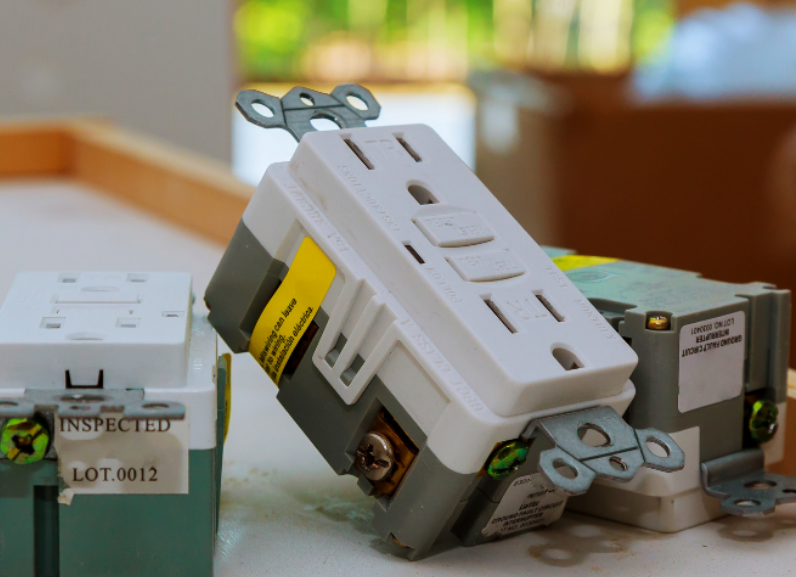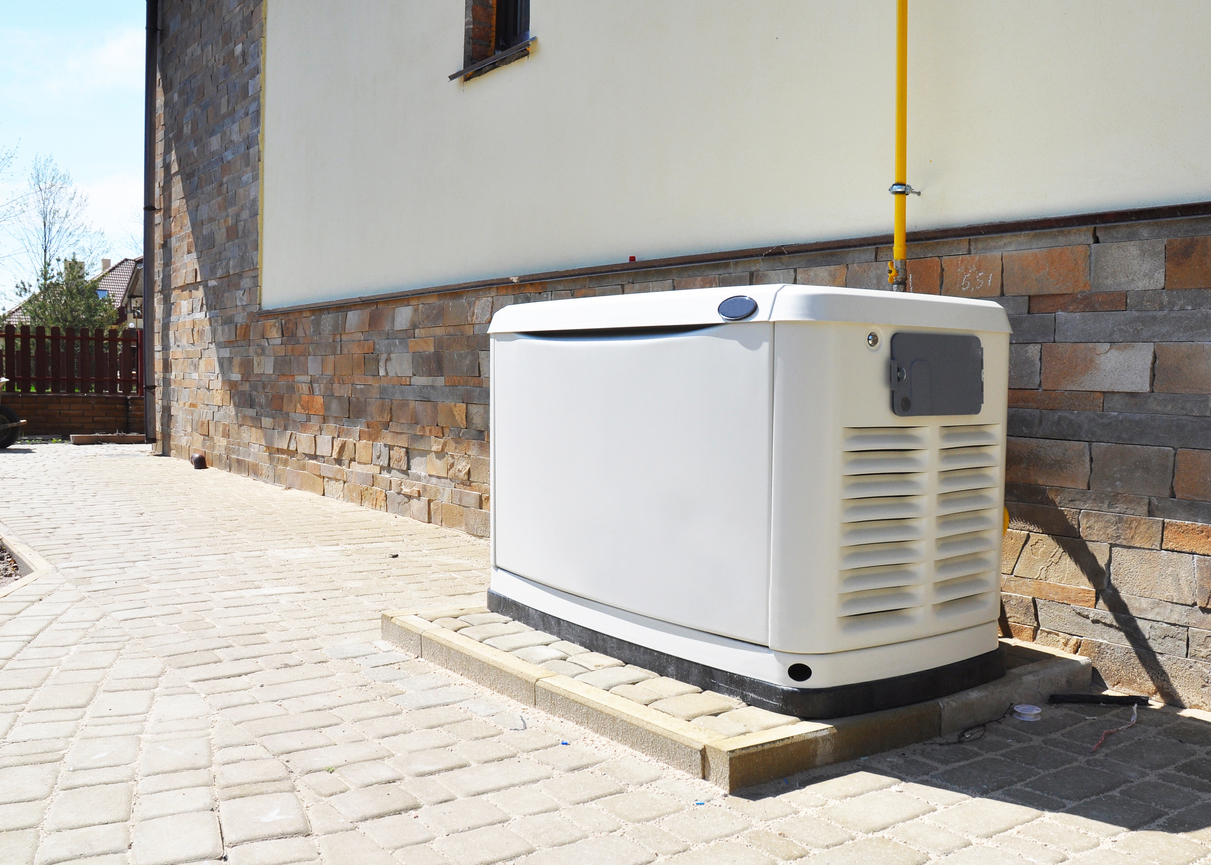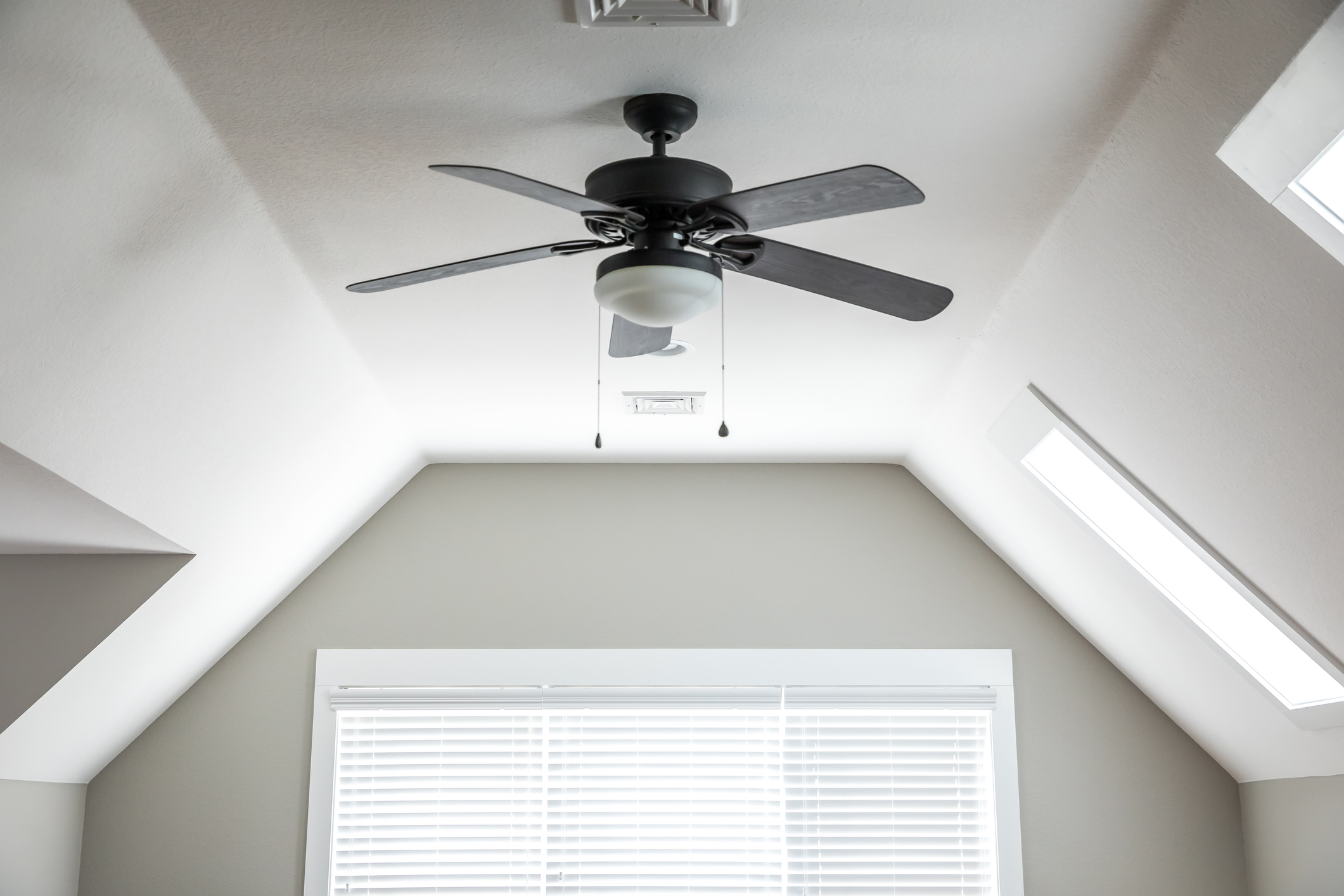How Electrical Outlets Work & What Type You Need
Electrical Outlets Are An Essential Part of Every Home
On average, most homes contain up to 75 different types of electrical outlets. We know what you’re thinking — it’s hard enough staying up to code with electrical outlets in general and now we have to worry about what type of outlet it is.
Leave the worrying to us! At Service Professor, we have trained electricians for every electrical job. We can share with you electricity basics and the most common types of electrical outlets found in your home. That way when handling any electrical issues, you can properly identify what you’re dealing with before calling a professional electrician.
Understanding the basics of how it works, your outlets and their type, and even how to reset a circuit breaker are vital skills to have as a homeowner.
How Electrical Outlets Work
So we all know that electricity is brought into your home by a power plant and power lines, but how does that work with bringing power to an outlet? Is it just a surge of power transferring when you plug something into an electrical outlet?
In a way, yes. An outlet has various parts to it, but we’ll keep this simple. You’ve noticed that electrical outlets have faces, right? Two eyes and a mouth, so to speak.
- The “left eye” is considered neutral. This is where the electrical current will make a full circle to and from the breaker.
- The “right eye” is considered hot. This is where the electrical current is brought from the breaker to the appliance being turned on or plugged in.
- The “mouth” is referred to as grounding, an added safety component to electrical outlets to prevent electrical fires. This is connected to the grounding wire that takes high electrical currents to the ground to be neutralized.
Outlets in Older Homes May Need To Be Replaced
Most older homes have outdated two-pronged outlets versus the updated and legally required three-pronged outlets. The third grounding component was added as a result of two-pronged outlet electrical fires caused by high electrical currents.
The grounding component brings large, unsafe electrical currents to the ground, preventing them from starting a fire in your home. If you live in an older home, we definitely recommend reaching out to us to schedule a whole-home electrical evaluation.
Updating these obsolete outlets is important to your family’s safety.
Do you need to replace the outlets in your western Michigan home? Call Service Professor.
There are 5 Main Types of Outlets
These are the most common types of outlets you may find in your home.
- 2-prong outlets: If you have these in your home, strongly consider getting them updated and replaced. Two-prong outlets are no longer a safe way to power your home.
- 3-prong outlets: This type is now required for new homes. A grounding line and grounding electrical outlet must be installed to ensure your home’s and family’s safety. The grounding component allows unstable or high electrical currents to be neutralized in the ground instead of on you or your appliance.
- GFCI outlets: Ground fault circuit interrupter outlets are most commonly near areas of water use such as your bathroom, laundry room, basement, or kitchen. They’re distinguishable by the big (red) TEST and (white) RESET buttons near the bottom of the outlet. This outlet is extremely sensitive and constantly monitors electrical currents. If it detects changes from the appliance plugged in, it will automatically disconnect and stop the flow of electricity.
- Tamper resistance: These types of outlets became required by the National Electrical Code in 2008. The new design features built-in safety shutters that block foreign objects from being inserted into the electrical outlet. These shutters only open when a two-bladed or grounded plug is inserted.
- Recessed outlets: These are mostly used as an alternative to a generic three-pronged outlet. Avoid eyesores by installing these “hidden” inset outlets in your home where you have minimal space or want a piece of furniture to be flush with the wall. This is mostly just a cosmetic type of outlet, but it can help with preventing bent cords.
Interested in learning more about the different ways you can protect your home from electrical fires or update your electrical outlets? Are you struggling with tripping breakers? Have concerns about unsafe, non-GFCI outlets in your home? Contact Service Professor today.
Our team of electricians has the expertise and skill to meet your every electrical need or question. We’ll fix it in a snap.
We look forward to providing the top-rated HVAC, plumbing, and electrical solutions you need. Fill out the
form below to get started!






